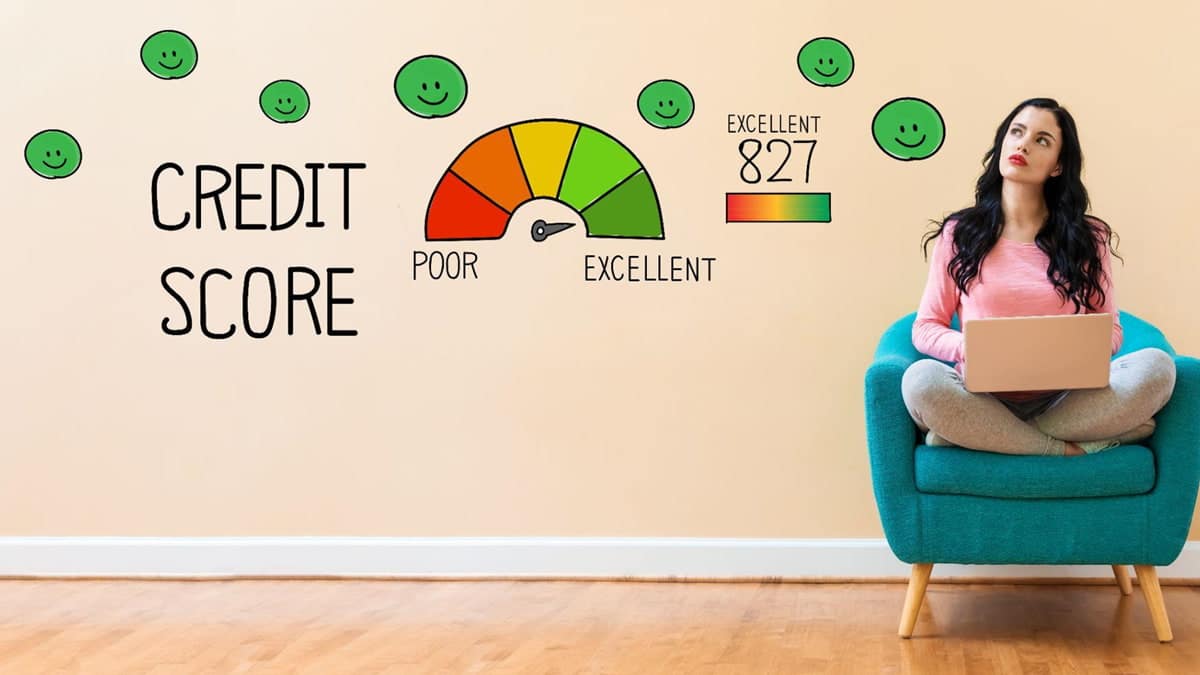Wipe My Credit Clean for Free – Learn to Repair Your Credit
Important Note: When you buy through our links, we may earn a commission. As an Amazon Associate we earn from qualifying purchases. Content, pricing, offers and availability are subject to change at any time - more info.
Hiring a specialist or expert is not always the only way to build your credit score. If you find yourself asking, “How can I wipe my credit clean for free?” there are numerous ways you can address this situation. While it may take some hard work and negotiation, the result is worth it to alleviate the stress that comes with a poor credit score.
Advertisement
A bad credit rating can be wiped clean without using a professional credit repair company. You can take charge of your own situation by paying creditors, finding a way to catch up on delinquent accounts, becoming current with unpaid bills, and anything else that may negatively impact your available credit rating.
Experts say the best way to restore credit is to contact the credit provider directly. This is to see if any opportunities exist in paying for deletion. If this is the case, the items can be quickly wiped from your available credit report.
How Do I Obtain a List of What/Who I Owe?
A credit record can be obtained by TransUnion, Equifax, and Experian. You can also obtain a free credit report from many of the free apps available. Locate negative entries that you would like to be removed. Create a note of the creditor and their contact information.
Everything except a bankruptcy can be negotiated with your creditors.
Advertisement
What Steps Do I Follow (If/When I Have a Bit of Cash)?
Contact your creditor by email, phone call, or mail. Then, request a “pay for delete.” If the amount you owe is under $500 and you have extra cash, you can offer to pay the full amount in return for a cancellation.
If the amount owing is above $500, begin negotiations by offering 10%. If you are denied, begin to move up in what you are offering. Request with the institution that the deletion occurs within 10-30 days after receipt of payment.
After this, wait for the creditor to reply. Wait times do vary, but usually, one month is adequate time for a reply. Refrain from sending payment until you have an agreement in writing indicating the negative item is going to be removed once payment is received.
When it is received in writing, send payment immediately. Checks or money orders can be issued if you don’t want the creditor to know where your bank accounts are located.
Examine your credit report to make sure the creditor honors their half of the agreement. Usually, the creditor will promptly follow through, however, it may take one month for the credit report to fully update.
In the interim, you can increase your credit score by paying any outstanding bill, credit card debt, or late payment, and making timely payments on loans.
Advertisement
A credit record that is clean of negative information improves chances of approval for new credit cards and affordable loans. It is also vital for building a good credit score for the long term.
What If My Cash Flow is Limited?
If money is tight, the first step begins with obtaining your report from your credit provider. If you have never obtained your credit report, it is best to go to every major credit bureau to ensure your credit history and profile are completely clean. Once received, go over the credit history line by line as you may be able to do credit repair. Credit repair is a process of disputing errors and negative information appearing on your report.
If an item appears to be inaccurate, you can verify the information with the credit bureau. The credit bureau has one month to respond to the request. If it can’t be verified, then the bureau must remove it.
How Do You Review the Report for Errors? What Do You Look For?
In examining your report for errors, you want to look for the following information:
- Errors in Personal Information. This includes any name variations or aliases that you have not used. Verify your Social Security number and prior addresses as well to ensure accuracy.
- Outdated Statuses and Incorrect Balances. This indicates that you have more past due or debt than you do.
- Expired Negative Items. This includes bankruptcies, judgements, liens, or foreclosures that haven’t been removed from your file. Since each varies, check on the time frame of deletions from your credit score to ensure everything is accurate.
- Search for Duplicate Accounts. These are things like a mortgage being listed several times. This reflects poorly on your debt-to-income ratio by making it appear as if you have more debt than what you have.
- Look for Errors in Payment History. These are errors that indicate you missed payments when they were made on time.
- Unauthorized Hard Credit Inquiries. Two types of inquiries are often listed on your credit report. However, you, personally, must authorize a hard inquiry with a financial institution or creditor. They can also affect your score.
Place any errors on a list and contact the institution to discuss this with them. Not that there are negative items listed that may be legitimate. If they are, they can’t be changed. The penalties do, however, expire.
The most intense part of the process involves disputing mistakes. You may only want to dispute a few at a time. Experts recommend including no more than five disputes in a letter. The implications are that you will need to endure several rounds of disputes if you have never previously repaired your credit.
When dealing with a credit bureau, you need to make disputes individually. Corrections and errors are not shared across all three reports. If the error shows on all three, you must dispute it three times.
Advertisement
Keep a journal of all disputes and where they are in the process. Place all correspondence in a folder for easy and quick reference.
If your goal is to wipe credit clean, then you can easily do it yourself. It takes hard work, patience, determination, and negotiating skills, but you can get it done yourself. If you end up taking it to a third party, be aware of credit repair scams. They do happen very frequently.




 Please Support Me on Ko-fi
Please Support Me on Ko-fi